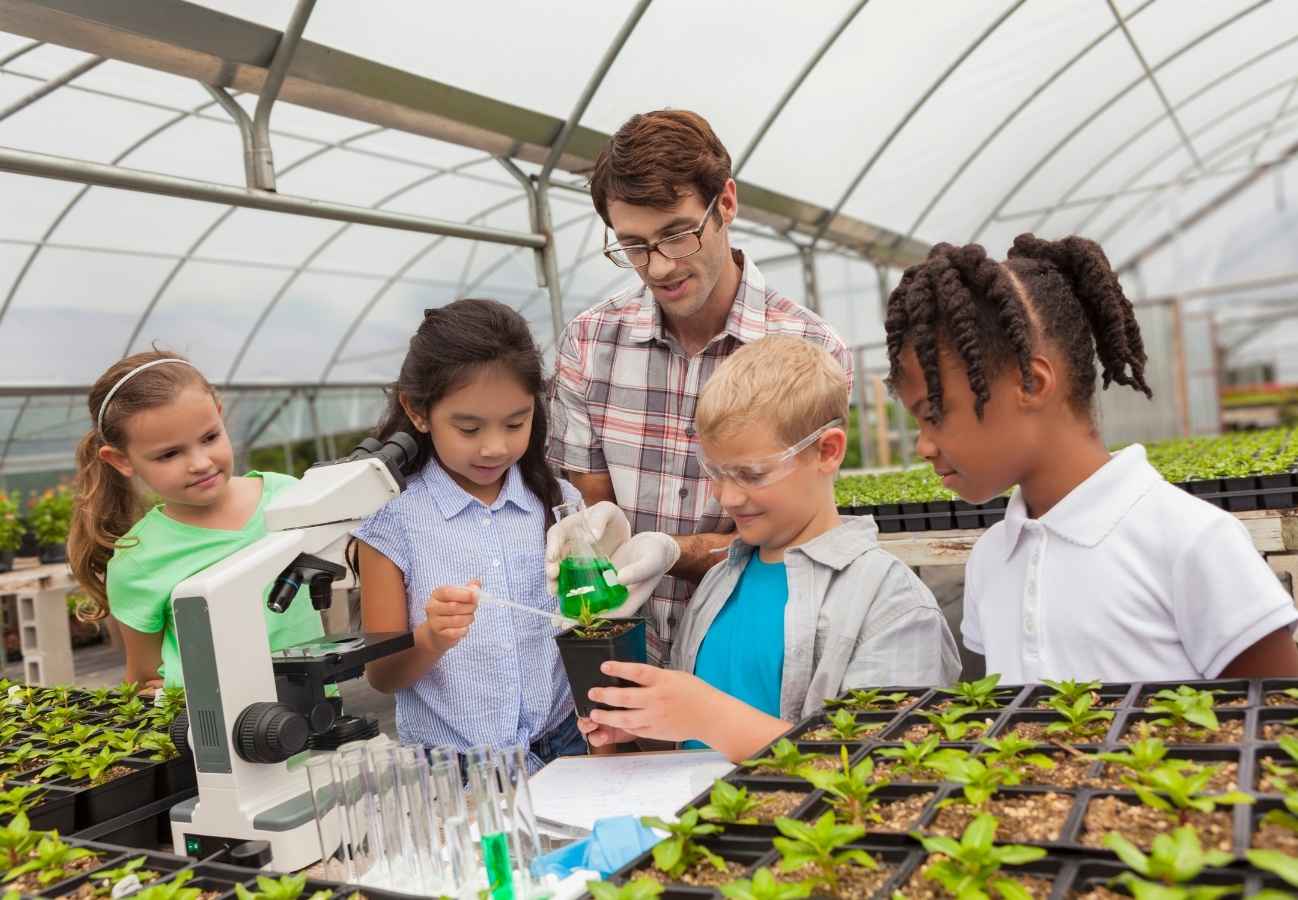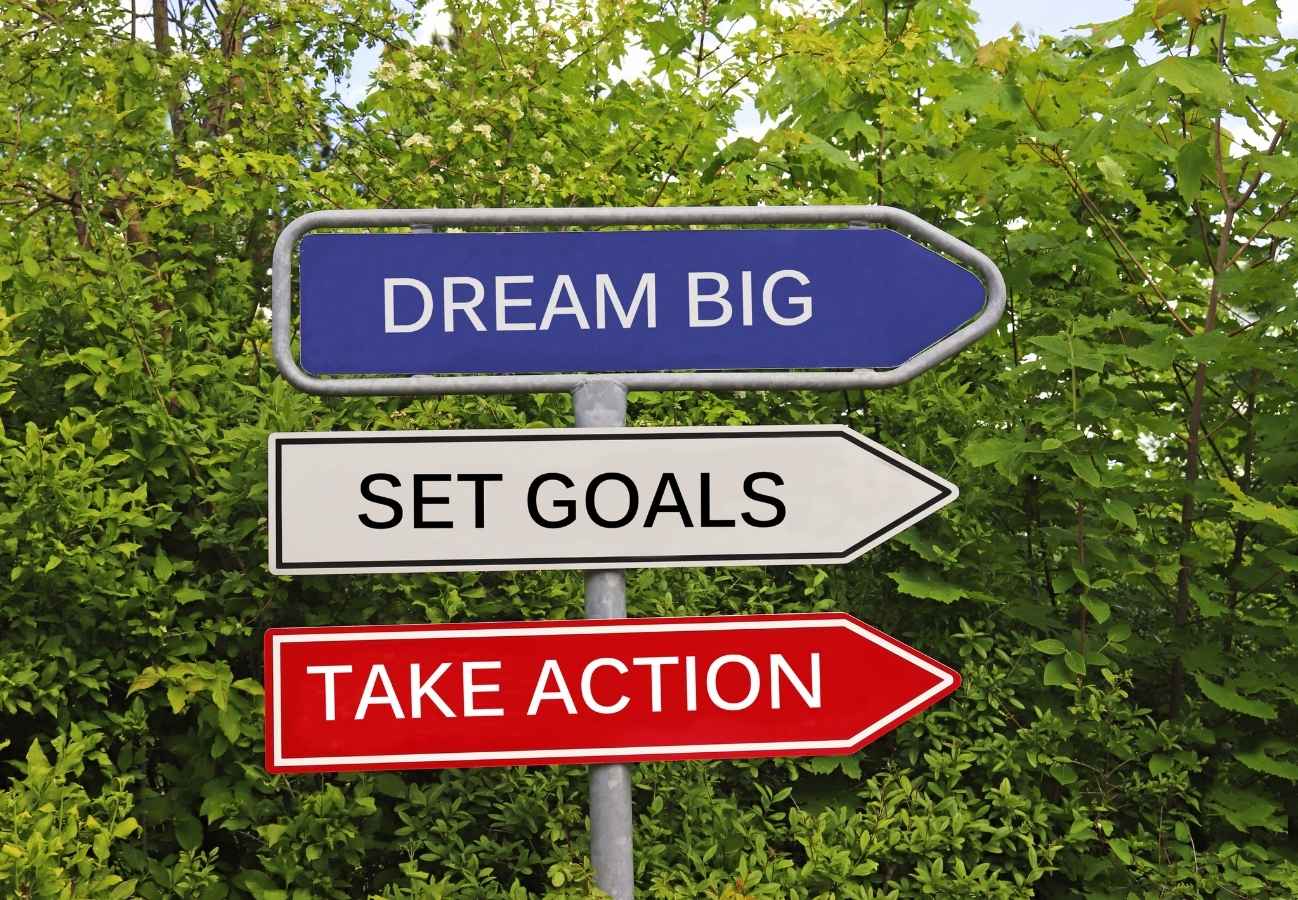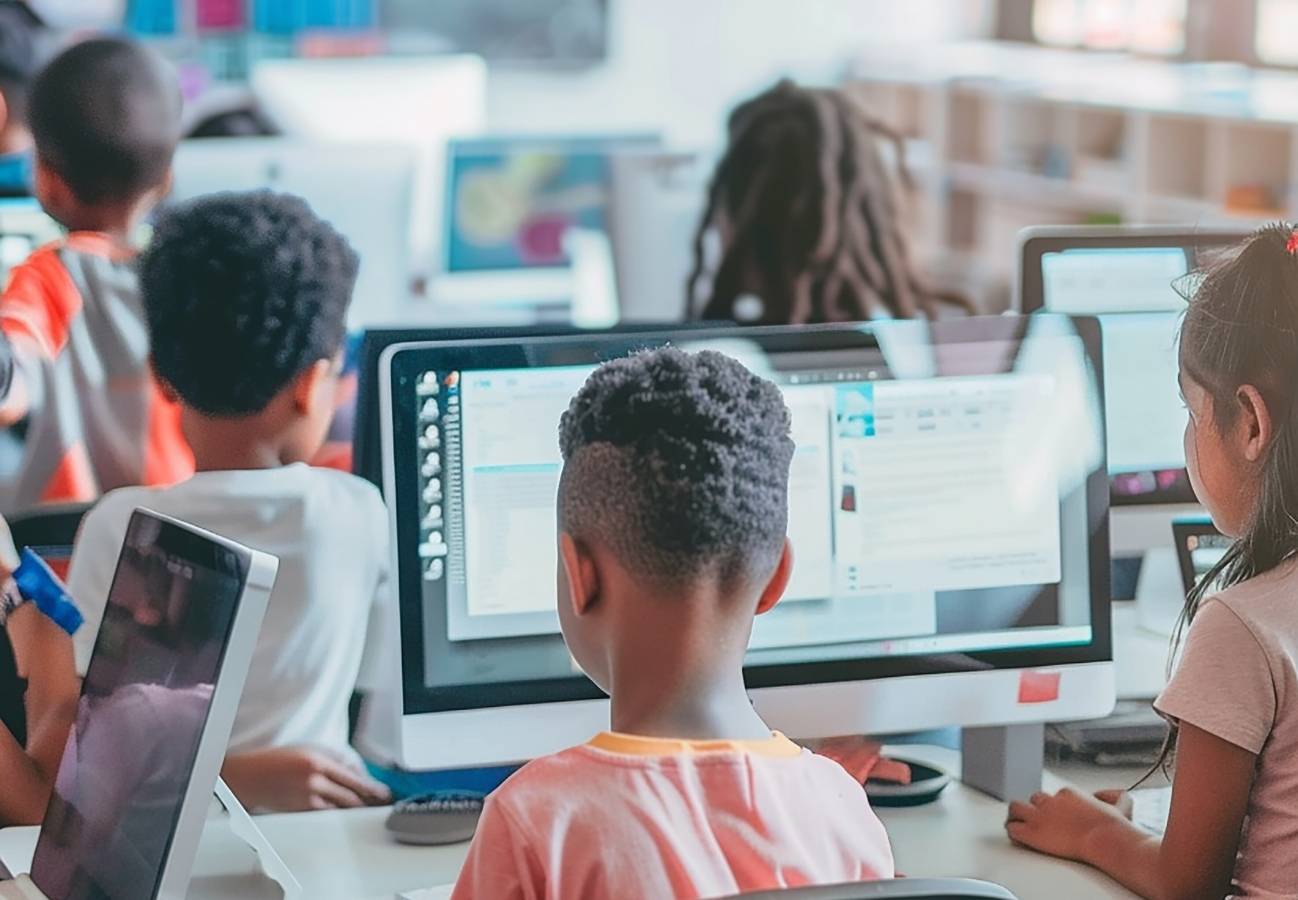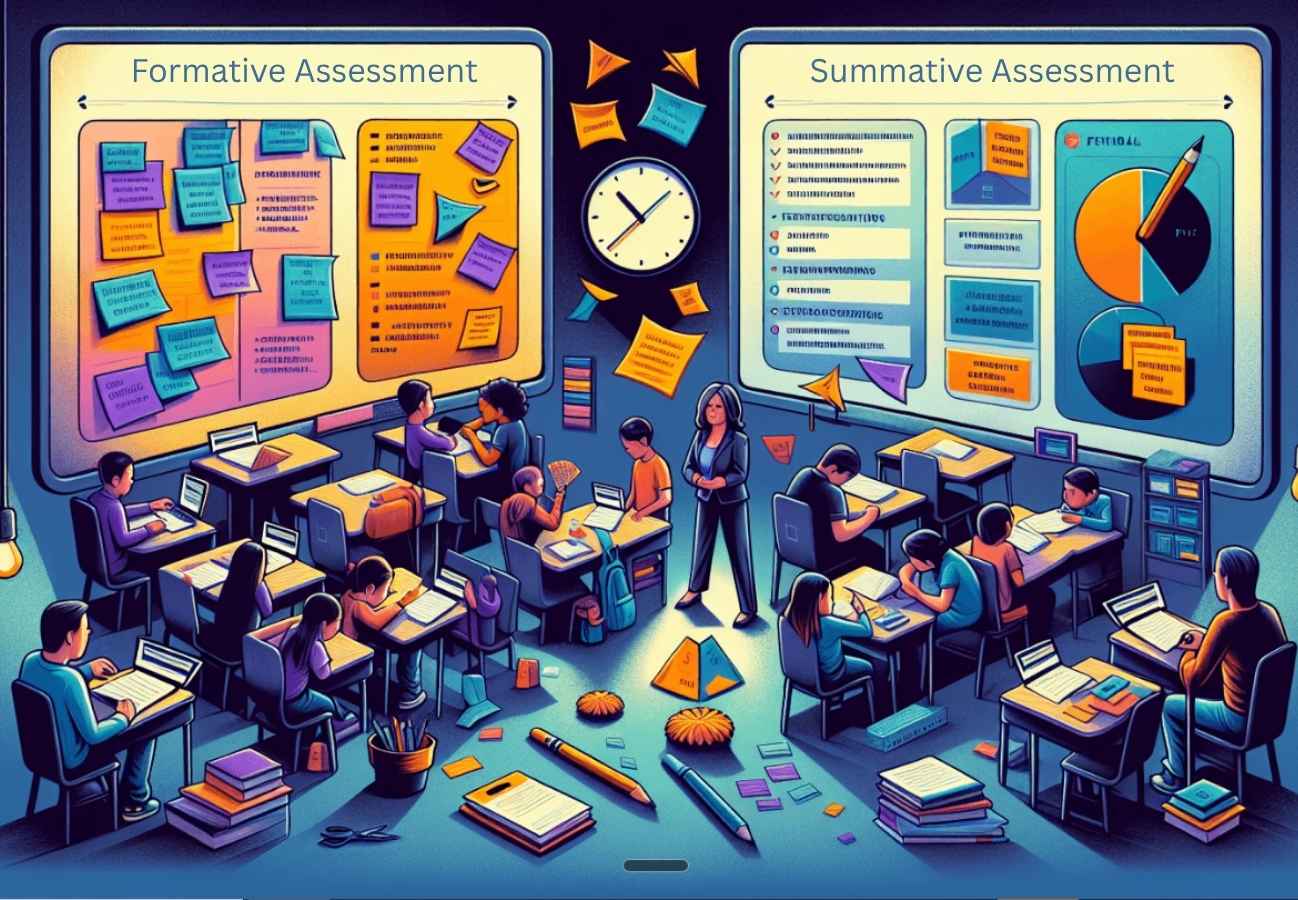What is Hands-On Learning?
Hands-on learning is an educational approach where students engage directly with materials, tools, and experiences to understand concepts through physical interaction and experimentation. This kinesthetic learning method transforms abstract ideas into concrete experiences, allowing learners to build knowledge through touch, movement, and active participation rather than passive observation.
Research consistently shows that hands-on learning experiences create stronger neural pathways and improve retention rates. When students manipulate objects, conduct experiments, or create physical models, they engage multiple senses simultaneously. This multi-sensory approach helps cement understanding in ways that traditional lecture-based instruction cannot match.
The foundation of hands-on learning rests on experiential education theory. Students learn by doing, reflecting, and applying knowledge in real-world contexts. This approach recognizes that many learners need physical engagement to process information effectively.
What is a Hands-On Learner?
Understanding different learning styles helps educators reach every student effectively. A hands-on learner, also called a kinesthetic learner, processes information best through physical movement and tactile experiences. These students often struggle with traditional classroom settings that emphasize sitting still and listening.
Hands-on learners typically exhibit specific characteristics that educators can recognize:
These students are not disruptive or inattentive by nature. Their brains simply require physical engagement to process and retain information. When provided with appropriate hands-on learning opportunities, these students often become the most engaged and successful learners in the classroom.
Research from the University of Rochester found that kinesthetic learners show 75% better retention rates when learning through hands-on methods compared to traditional instruction. This finding highlights the critical importance of incorporating tactile experiences into curriculum design.
Hands-On Learning Examples Across Subjects
Effective hands-on learning examples span every subject area and grade level. The key lies in connecting physical activities directly to learning objectives while maintaining academic rigor.
Science and STEM Applications
Science naturally lends itself to hands-on learning experiences. Students conducting chemistry experiments, dissecting specimens, or building simple machines engage with scientific concepts through direct observation and manipulation. These experiences make abstract scientific principles tangible and memorable.
Engineering design challenges exemplify powerful hands-on learning. When students build bridges from limited materials or design solutions to real-world problems, they apply mathematical concepts, scientific principles, and creative thinking simultaneously. The iterative process of building, testing, and refining teaches resilience and problem-solving skills.
Mathematics Through Manipulation
Mathematics becomes more accessible through hands-on learning approaches. Students using manipulatives like base-ten blocks, fraction tiles, or geometric solids can visualize abstract mathematical relationships. These physical representations help students understand concepts that might otherwise remain confusing.
Real-world math applications provide authentic hands-on learning experiences. Students measuring classroom dimensions for a renovation project or calculating ingredient ratios for cooking connect mathematical concepts to practical applications they will use throughout their lives.
Language Arts and Creative Expression
Language arts instruction benefits significantly from hands-on learning methods. Students creating physical story maps, building dioramas of novel settings, or performing dramatic interpretations engage with literature through multiple modalities. These activities deepen comprehension while accommodating different learning preferences.
Writing workshops where students collaborate on physical publications or create multimedia presentations combine traditional literacy skills with modern communication tools. This approach prepares students for real-world communication while maintaining focus on fundamental writing skills.
Social Studies Through Simulation
Historical simulations and role-playing activities bring social studies content to life. Students participating in mock trials, historical reenactments, or economic simulations experience historical concepts rather than simply reading about them. These immersive experiences create lasting memories and deeper understanding of complex social issues.
Geography comes alive through hands-on mapping activities, cultural artifact creation, and community exploration projects. Students who build topographical models or create cultural presentations develop spatial reasoning skills while learning about diverse communities and environments.
Advantages of Hands-On Learning
The advantages of hands-on learning extend far beyond improved test scores. This approach develops crucial life skills while addressing diverse learning needs in today's classrooms.
Enhanced Retention and Understanding
Hands-on learning experiences create multiple memory pathways through sensory engagement. When students see, touch, and manipulate learning materials, they form stronger neural connections than through passive listening alone. This multi-sensory approach particularly benefits students who struggle with traditional instructional methods.
The National Training Laboratory's research indicates that hands-on learning produces 75% retention rates compared to 5% retention from traditional lectures. These dramatic differences highlight the power of experiential learning approaches.
Development of Critical Thinking Skills
Hands-on learning naturally promotes critical thinking and problem-solving abilities. Students must analyze situations, make decisions, and evaluate outcomes when working with physical materials or real-world challenges. This process develops analytical skills that transfer to academic and professional contexts.
The iterative nature of hands-on projects teaches students to learn from failure and refine their approaches. These experiences build resilience and growth mindset attitudes that serve students throughout their educational journey.
Increased Engagement and Motivation
Student engagement increases dramatically when learning becomes active and participatory. Hands-on activities capture attention and maintain interest in ways that traditional instruction cannot match. This increased engagement leads to better attendance, improved behavior, and higher academic achievement.
Hands-on learning also accommodates diverse learning styles within single classroom settings. While kinesthetic learners benefit most directly, visual and auditory learners also engage more fully when multiple senses are involved in the learning process.
Creating Effective Hands-On Learning Experiences
Successful hands-on learning requires thoughtful planning and clear connections to academic standards. Effective experiences balance structure with exploration, providing guidance while allowing student discovery.
Designing Purposeful Activities
Every hands-on learning experience should connect directly to specific learning objectives. Activities must go beyond simple engagement to promote deep understanding of academic content. Teachers should identify the key concepts students need to master and design physical experiences that illuminate those ideas.
Effective hands-on activities include clear success criteria and assessment methods. Students should understand what they are learning and how their understanding will be evaluated. This clarity helps maintain academic focus while allowing creative exploration.
Managing Classroom Logistics
Hands-on learning requires different classroom management approaches than traditional instruction. Teachers must establish clear procedures for material distribution, workspace organization, and cleanup routines. These systems allow learning to flow smoothly while maintaining safe and productive environments.
Flexible classroom arrangements support hands-on learning activities. Moveable furniture, accessible storage, and designated workspace areas enable teachers to adapt their environments for different types of experiential learning.
Assessment in Hands-On Environments
Assessment strategies must align with hands-on learning approaches. Traditional paper-and-pencil tests may not capture the full range of student learning in experiential settings. Performance-based assessments, portfolios, and project presentations often provide more authentic measures of student understanding.
Formative assessment becomes particularly important in hands-on learning environments. Teachers can observe student thinking processes, identify misconceptions in real-time, and provide immediate feedback to guide learning. This ongoing assessment supports deeper understanding and prevents the reinforcement of incorrect concepts.
Overcoming Common Implementation Challenges
While hands-on learning offers significant benefits, educators often face practical challenges when implementing these approaches. Understanding and addressing these obstacles helps ensure successful program implementation.
Resource and Budget Constraints
Limited budgets need not prevent effective hands-on learning implementation. Many powerful activities use common materials or repurposed items. Teachers can create material libraries through gradual acquisition and community partnerships.
Grant opportunities and community partnerships often support hands-on learning initiatives. Local businesses, parent volunteers, and educational foundations frequently provide resources for innovative teaching approaches that demonstrate clear educational benefits.
Time Management and Curriculum Coverage
Hands-on activities often require more class time than traditional instruction methods. However, the increased retention and deeper understanding often compensate for reduced content coverage. Quality of learning frequently proves more valuable than quantity of topics covered.
Integrated curriculum approaches help maximize instructional time while incorporating hands-on learning. Activities that address multiple subject areas simultaneously provide efficient use of classroom time while creating meaningful connections between disciplines.
Technology Integration in Hands-On Learning
Modern technology enhances rather than replaces traditional hands-on learning approaches. Digital tools can extend physical experiences and provide new opportunities for tactile and kinesthetic engagement.
Virtual reality and augmented reality technologies create immersive hands-on experiences that would be impossible in traditional classrooms. Students can explore historical sites, manipulate molecular structures, or conduct dangerous experiments safely through these digital platforms.
Maker spaces and digital fabrication tools like 3D printers enable students to create physical objects that represent their learning. These technologies bridge digital design and physical creation, providing authentic hands-on learning experiences that prepare students for modern workforce demands.
Educational robotics and programming activities combine hands-on building with digital logic and problem-solving. Students who construct and program robots engage with engineering, mathematics, and computer science concepts through direct manipulation and experimentation.
Professional Development for Hands-On Teaching
Effective hands-on learning implementation requires ongoing professional development and support. Teachers need training in activity design, classroom management, and assessment strategies specific to experiential learning environments.
Collaborative professional learning communities help teachers share resources, troubleshoot challenges, and refine their hands-on teaching practices. These networks provide ongoing support and inspiration for educators committed to experiential learning approaches.
Hands-on learning represents more than an educational trend; it reflects our growing understanding of how students learn best. When we provide opportunities for physical engagement, experimentation, and discovery, we honor the diverse ways students process and retain information. The investment in hands-on learning approaches pays dividends in student engagement, understanding, and long-term academic success.









